Meet Ai-Da, the world’s first ultra-realistic robot artist, who is challenging the art world and changing our ideas of creativity. Using cutting-edge technology, Ai-Da merges human-like precision with the power of artificial intelligence, creating art that sparks deep discussions about creativity, technology, and the future of art. As Ai-Da evolves, she encourages us to think
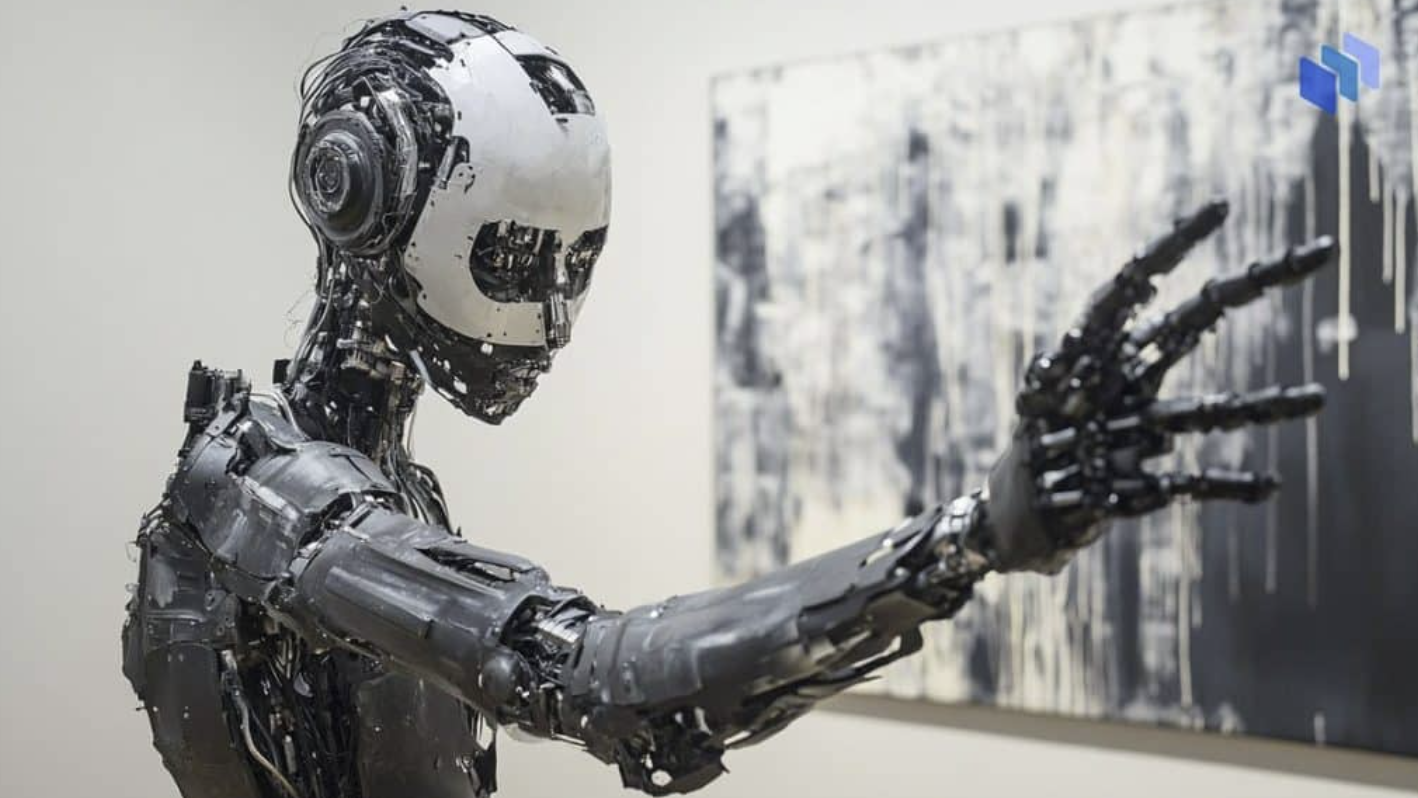
Meet Ai-Da, the world’s first ultra-realistic robot artist, who is challenging the art world and changing our ideas of creativity. Using cutting-edge technology, Ai-Da merges human-like precision with the power of artificial intelligence, creating art that sparks deep discussions about creativity, technology, and the future of art. As Ai-Da evolves, she encourages us to think about how technology is reshaping our culture in ways we never expected.
The Creation of Ai-Da: A Vision Comes to Life
Ai-Da isn’t just a robot making art—she’s a bold statement about what happens when technology meets creativity. Designed by gallery director Aidan Meller, Ai-Da was built to do more than just create art; she’s meant to challenge our understanding of human creativity. Meller saw her as a way to push the boundaries of what’s possible with AI in artistic spaces, and she’s living up to that vision.
Ai-Da’s technology is just as fascinating as her work. Cameras in her eyes capture detailed images, and AI algorithms turn those images into data. With the help of her robotic arm, designed by engineers Salah Al Abd and Ziad Abass, Ai-Da draws, paints, and sculpts with astonishing detail. This combination of human creativity and machine intelligence shows what can happen when art and engineering come together.
Ai-Da’s Rise: From Exhibitions to Collaborations
Ai-Da made her debut in 2019 with the “Unsecured Futures” exhibition at the Barn Gallery in Oxford. This exhibit, featuring paintings, sculptures, drawings, and video works, wasn’t just about displaying Ai-Da’s creations—it was about raising important questions about the future of technology and art. Her work made people wonder: “What role will AI play in shaping the future of art?”
Since then, Ai-Da has been showcased in exhibitions around the world. She’s also collaborated with other artists, appeared in music videos, and even painted a portrait of Queen Elizabeth II for her Platinum Jubilee. These collaborations show Ai-Da’s growing influence and prove that AI-generated art is no longer just a niche—it’s moving into the mainstream.
Ai-Da’s AI Mind Home Collection
Ai-Da isn’t just about making beautiful art—she’s also questioning the purpose of design. Her “AI Mind Home” collection features objects like cups and plates that are visually striking but don’t actually serve a practical function. These objects encourage us to think about our increasing reliance on AI. While they may be beautiful, they highlight how AI can sometimes miss the human touch and functionality we value in everyday objects.
This collection shows that, even with all its precision, AI might create things that lack the warmth or practical purpose we associate with human-made objects. It serves as a reminder that while AI is changing the world, it may not always get everything right.
Can AI Be Creative?
At the core of Ai-Da’s work is a big question: can a machine truly be creative? Traditional art has always been about human expression, emotion, and experience. But Ai-Da’s creations challenge that idea. Her art forces us to think about what it really means to be creative.
Does true creativity require consciousness and emotion, or can machines—using vast amounts of data—create something meaningful? Ai-Da’s art pushes us to look beyond traditional definitions of creativity and consider the ethical and philosophical questions that arise when AI enters creative fields.
What’s Next for Ai-Da and AI Art?
Ai-Da’s emergence as the first ultra-realistic robot artist has caused a stir in the art world and beyond. Her presence marks the beginning of a new era where AI and art come together in exciting new ways. As AI technology keeps advancing, Ai-Da is positioned to create even more sophisticated works, pushing the boundaries of what art can be. Here’s what the future could hold:
- Enhanced Perception and Interpretation: Advances in AI could allow Ai-Da to understand and create art based on different cultural styles and historical influences, broadening her artistic range.
- Multi-Sensory Experiences: Ai-Da could start creating immersive art that goes beyond just visuals. By adding sound and touch elements, she could engage audiences in completely new ways.
- Collaborative Projects: Ai-Da could work alongside human artists to combine human intuition with AI’s ability to process data, resulting in a hybrid form of creativity that’s both modern and futuristic.
These innovations are just the beginning. As AI technology evolves, Ai-Da will continue to push the boundaries of what’s possible in art, leading us to rethink the role of AI in the creative process.
Cultural Impact and Society’s Response
Ai-Da’s rise in the art world has sparked important debates about the role of AI in art. As her work gains recognition, several questions emerge:
- Redefining Artistic Authorship: With Ai-Da creating art, we have to reconsider what it means to be an artist in today’s digital age. Is Ai-Da an artist in her own right, or is she just a tool controlled by human programming? Her work forces us to think about who owns creative output when AI is involved.
- Reception and Criticism: The reaction to AI art is mixed. Some see it as an exciting step forward, while others worry about its impact on human artists. The debate about AI in art echoes the past controversies surrounding photography—will AI art eventually be seen as legitimate, or will it face resistance like other technological advancements?
- Ethical Considerations: As Ai-Da continues to make her mark, the ethical implications of AI in art become more significant. Can a machine, without consciousness or emotions, create art that’s truly meaningful? What does it mean for society if machines start to be seen as creators?
Shaping the Future of Art
Ai-Da’s impact on the art world is growing, and her work is not just a novelty—it’s an invitation to explore new forms of human expression through AI. The art world is on the verge of a major shift, where AI’s role isn’t just supportive but truly creative.
Ai-Da challenges us to think about the future of creativity and innovation. She represents uncharted territory for both artists and technologists, showing us what might be possible in the future of AI-driven art. The future is bright, filled with opportunities for collaboration, cultural shifts, and innovation. As society continues to figure out how AI fits into the creative process, Ai-Da is leading the way and encouraging deeper exploration of the relationship between art, technology, and humanity.
Ai-Da’s Enduring Influence on the Art World
Ai-Da is more than just a robot artist—she’s a symbol of a new era where technology and art are becoming increasingly intertwined. Her work challenges us to rethink creativity and authorship in the age of AI. As Ai-Da evolves, she forces us to confront not just the future of art but the future of human expression itself.
Ai-Da is sparking conversations that could reshape how we think about creativity for years to come. What’s next for AI and art is still unknown, but one thing is clear—Ai-Da is leading us into a bold new future.
With Ai-Da, the future of art isn’t just about what we see; it’s about how we think.
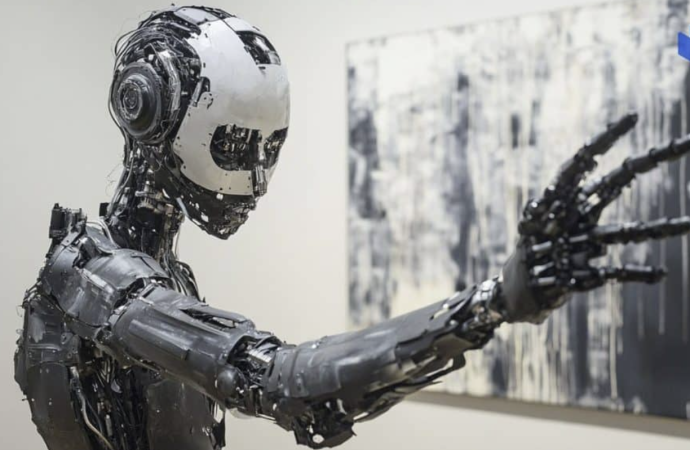
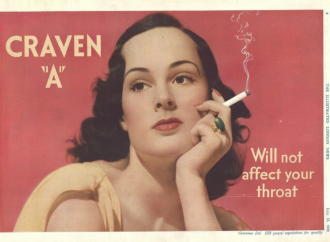

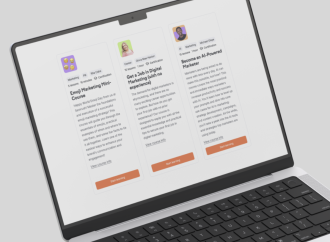
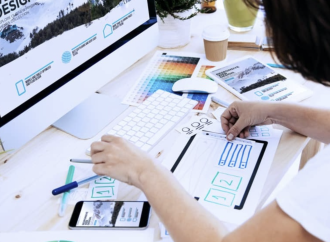
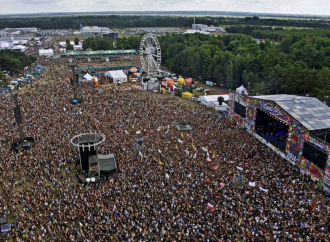


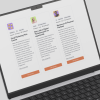
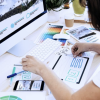







Leave a Comment
Your email address will not be published. Required fields are marked with *